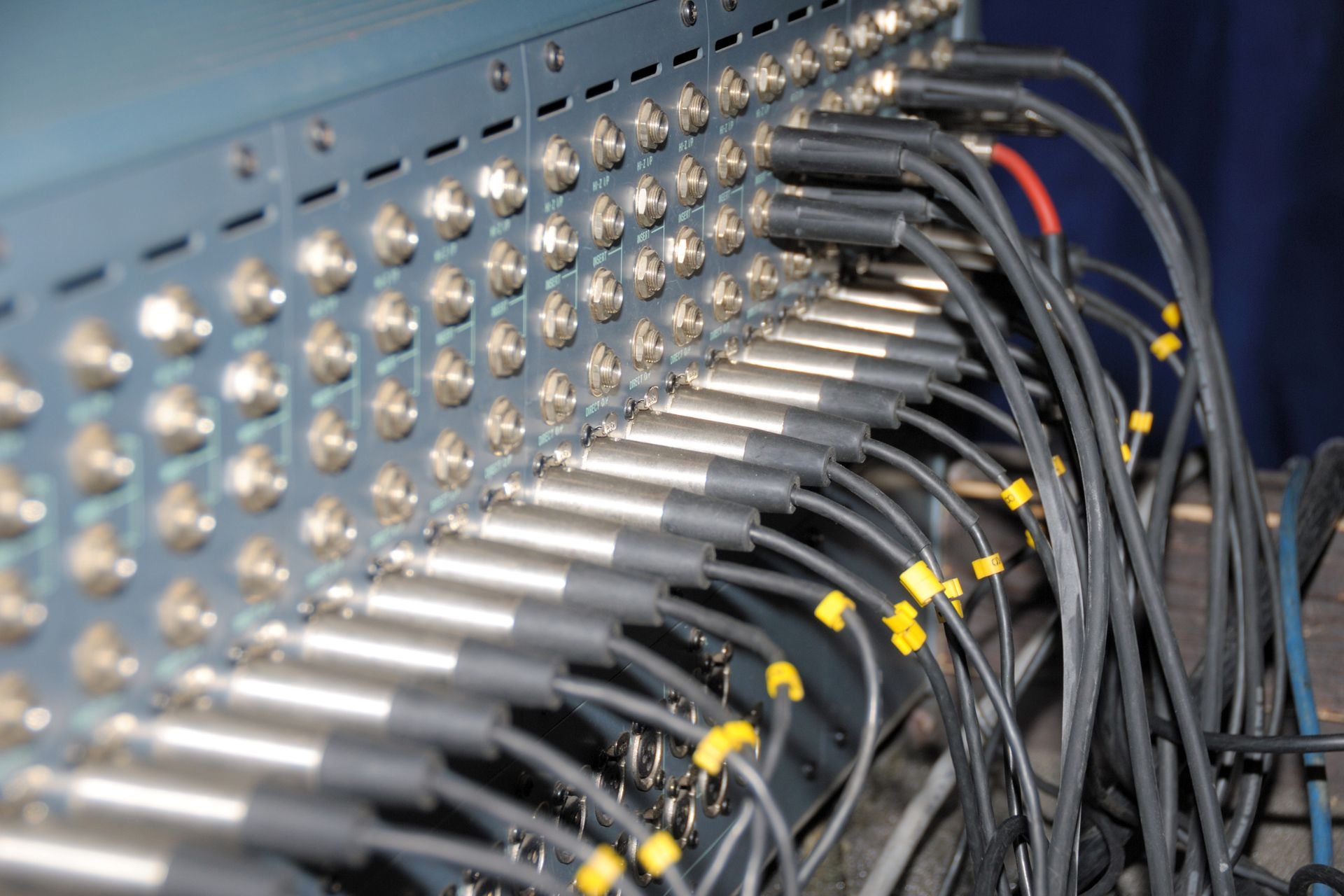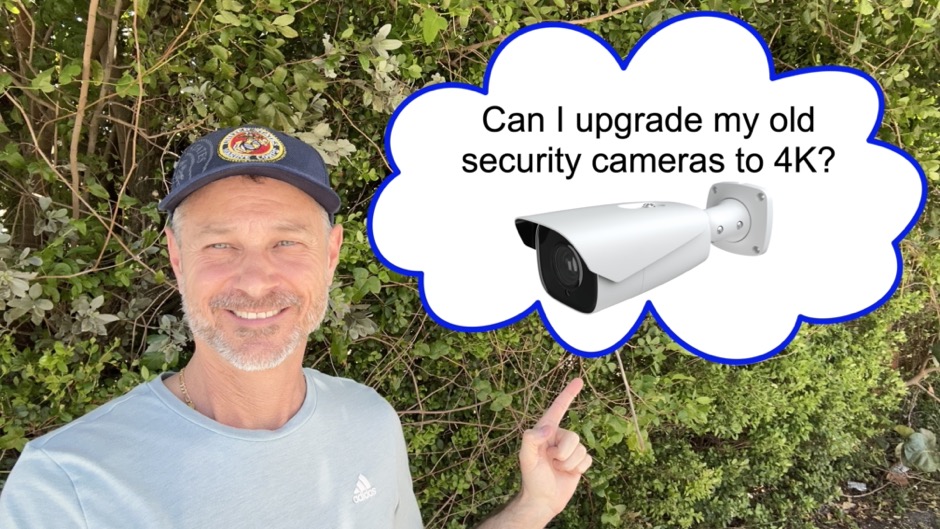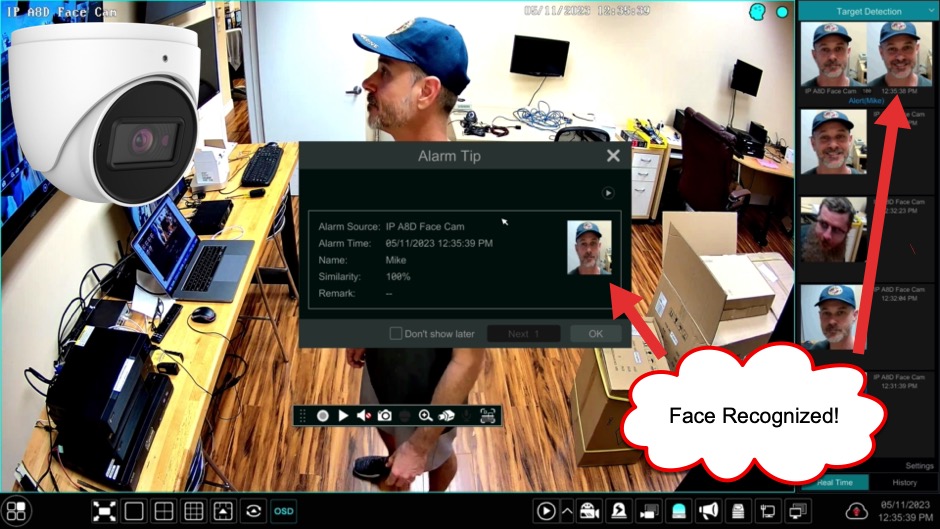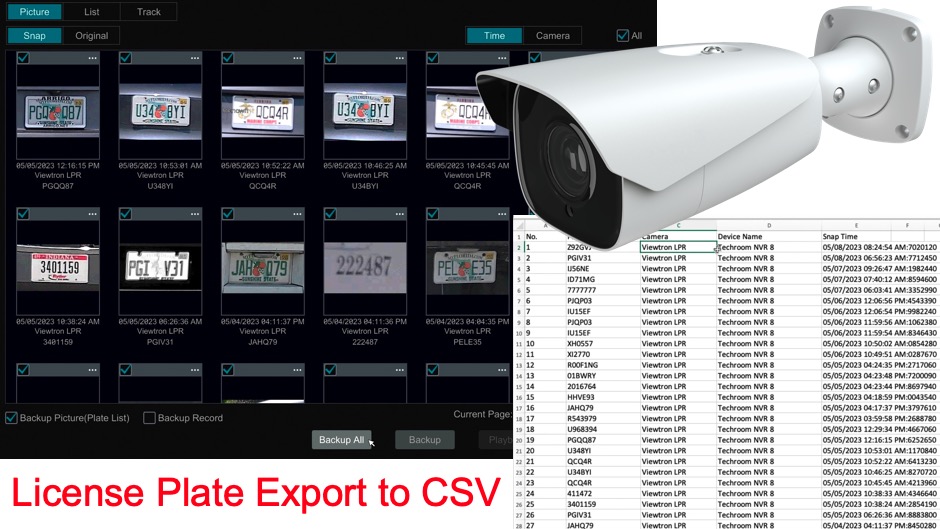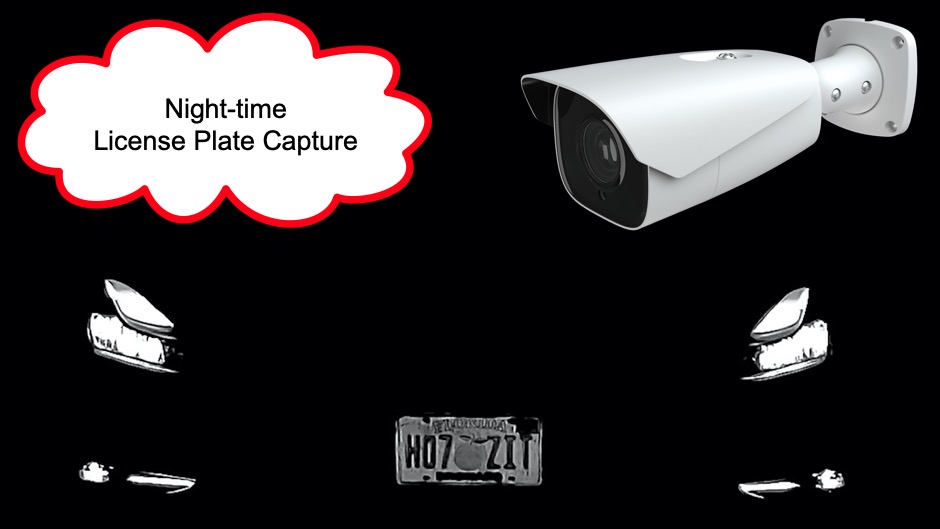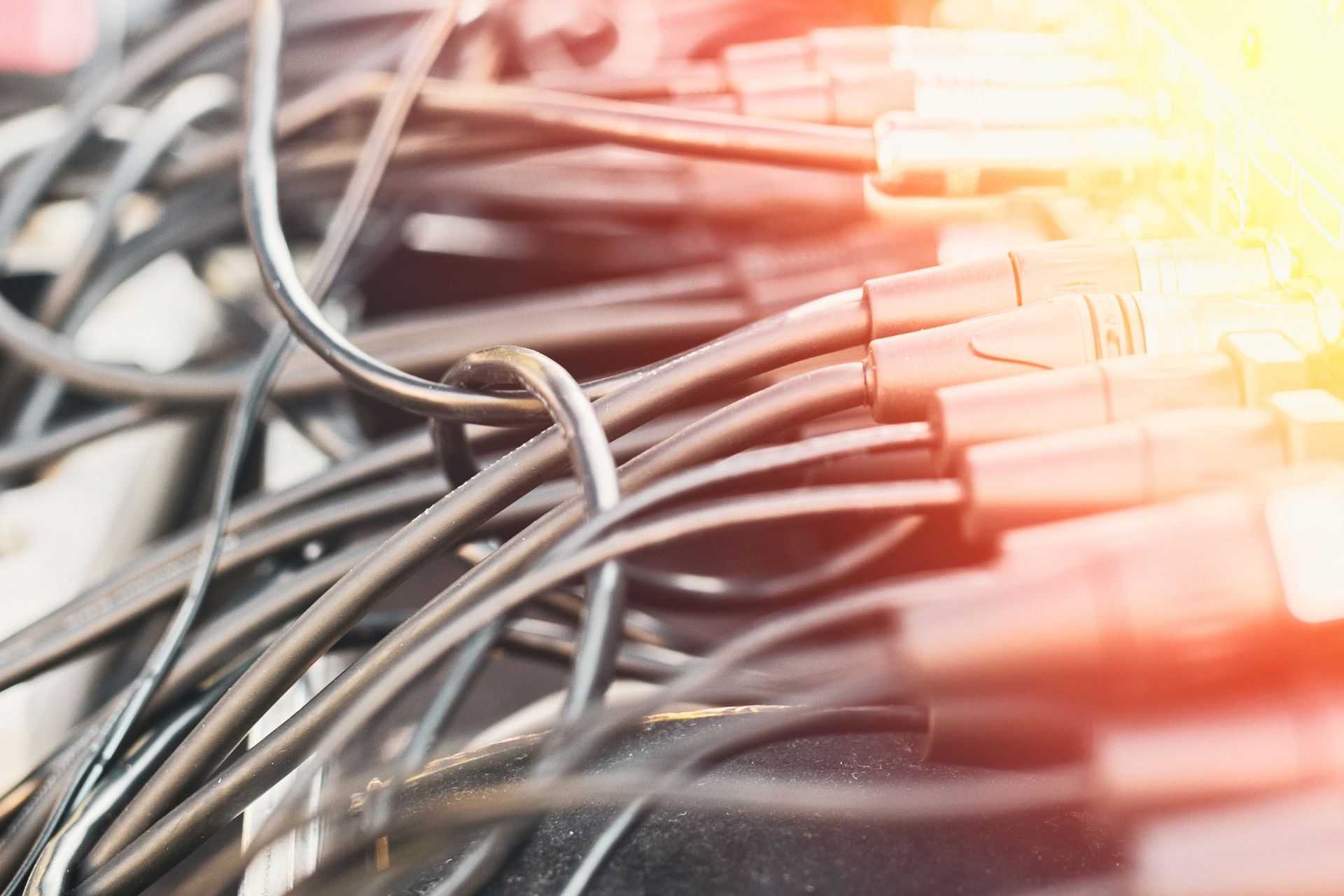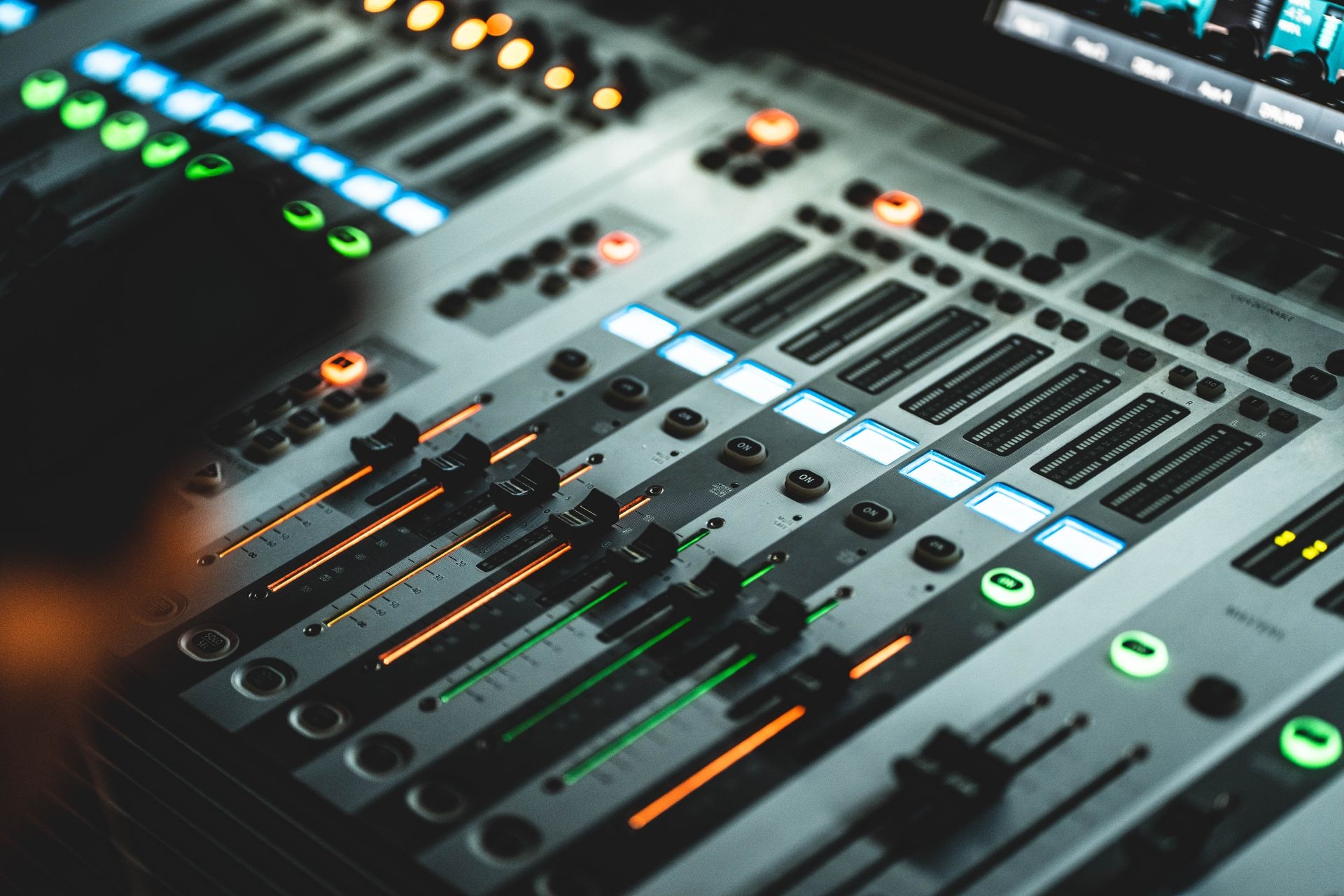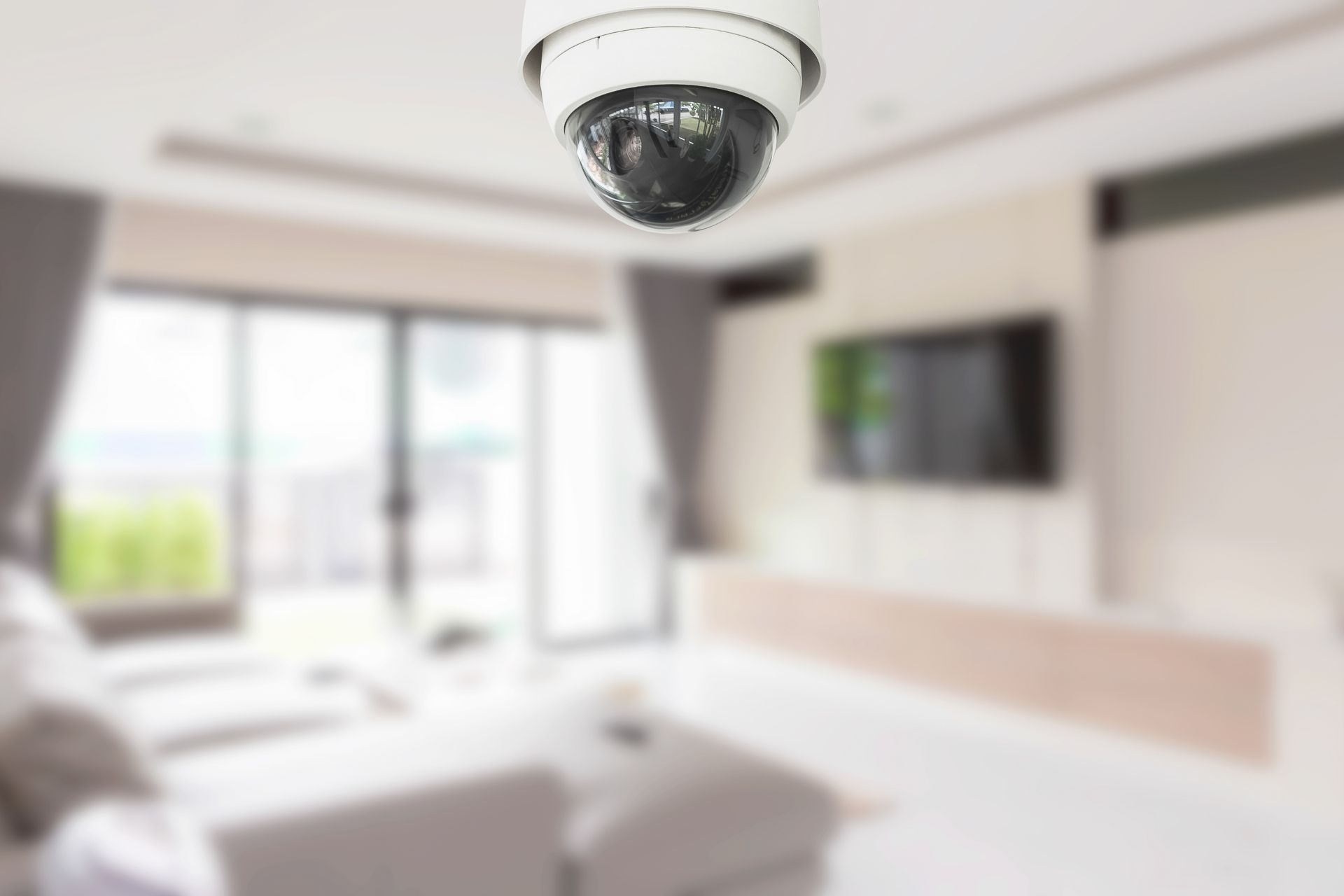Video Analytics Algorithms
How do video analytics algorithms utilize machine learning techniques to analyze video content?
Video analytics algorithms utilize machine learning techniques by training models on large datasets of video content. These algorithms use deep learning models, such as convolutional neural networks (CNNs) and recurrent neural networks (RNNs), to extract features from video frames and analyze patterns within the data. By learning from labeled examples, the algorithms can accurately identify objects, actions, and events in videos, making them valuable tools for video content analysis.
Outdoor Commercial Security Camera Installation Equipment and Strategies
